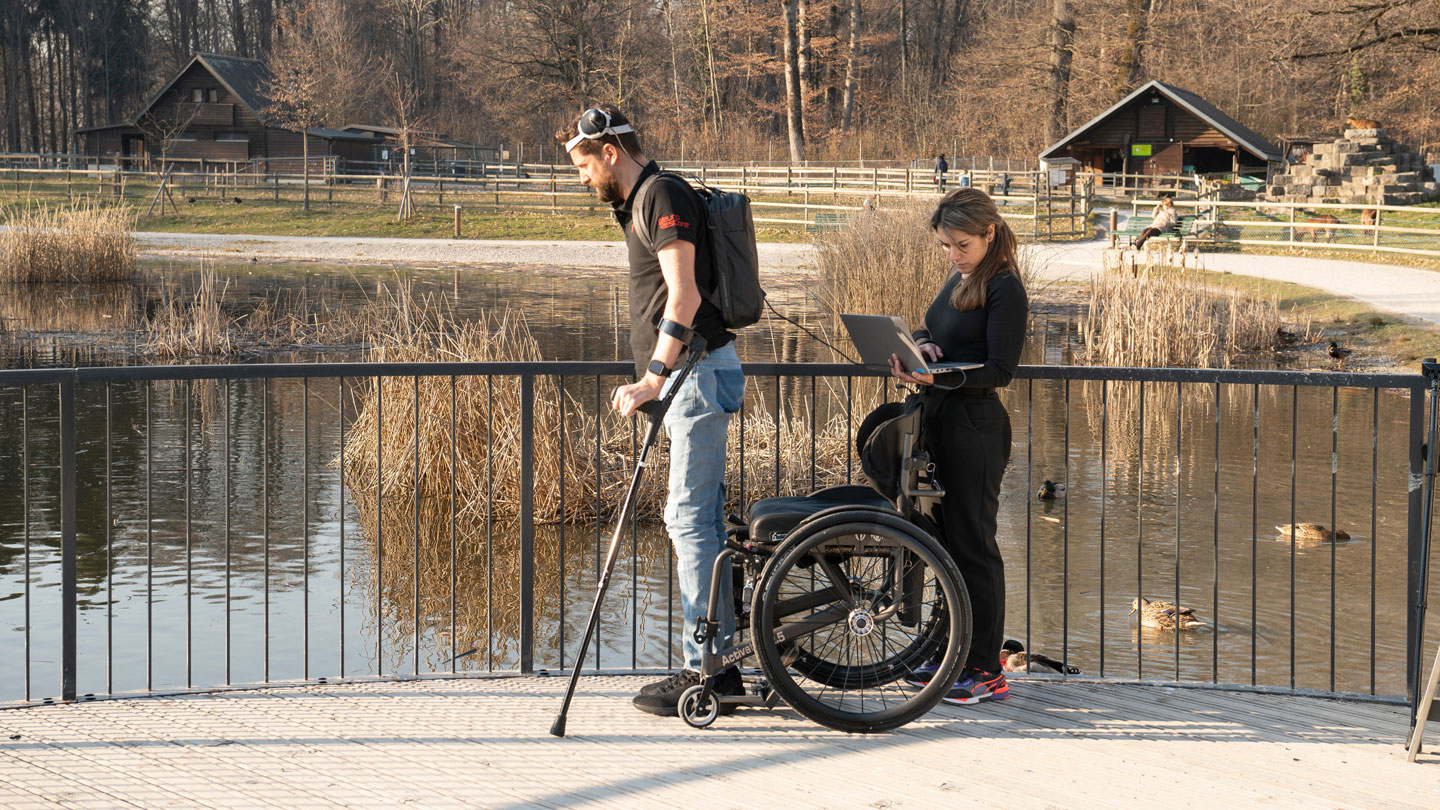1. Antigen preparation: Scientists can produce cancer vaccines against tumors by using the patient’s tumor as a source of antigen or by synthesizing peptides from tumor antigens.
2. Antigen delivery: Researchers use different vaccine platforms to deliver the antigens: patient-derived dendritic cells, adeno-associated viral vectors, and lipid nanoparticles.
3. Antigen presentation: Once administered, these antigens eventually find their way to patient dendritic cells, or are immediately expressed on dendritic cells if they are used as the vehicle. The dendritic cells travel to lymph nodes to activate antigen-specific T cells.
4. Anti-tumor immunity: Once activated, these tumor-antigen-specific T cells will multiply (a) and travel to the tumor, where they help target the tumor cells for destruction (b). Some activated T cells will become memory cells (c, shown in purple); these will reside in the lymph node or nearby tissue to protect the body against future recurrences of the same type of cancer.
Read the full story.














